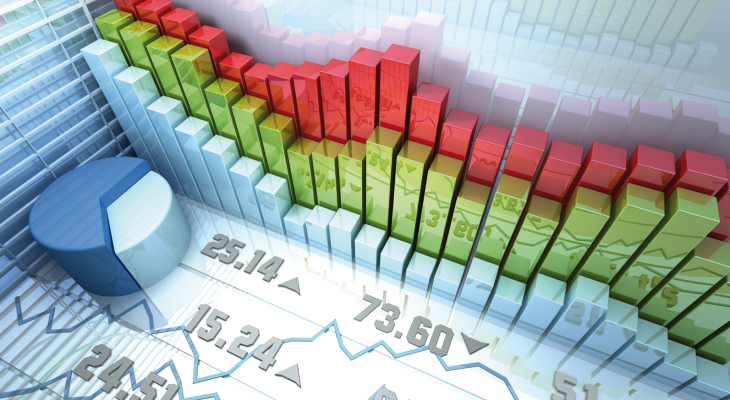According to data from the Central Bank of Nigeria (CBN), the amount that deposit money banks (DMBs) borrowed from the SLF on Wednesday, April 12, 2023, increased from N78.95 billion on December 12, 2022, when President Muhammadu Buhari introduced new naira notes, to N240.57 billion.
As the country’s demonetisation drive led to persistent cash shortages, the commercial banks’ borrowings from the Central Bank of Nigeria (CBN) increased by 204.71 percent in just four months, indicating that they were experiencing a liquidity crunch.
The banks’ borrowing from the SLF increased by 7.95 percent from N222.85 billion, which was the amount when the naira redesign program was announced in October 2022.
According to the CBN, standing facilities (lending and deposit) are tools for managing liquidity. They provide a way to invest extra money overnight and to settle any discrepancies at the close of each business day.
The apex bank announced on October 26, 2022 that the N200, N500, and N1,000 notes would be redesigned and introduced to the economy on December 15, 2022, while commercial banks were instructed to return existing denominations to the CBN.
According to information obtained from the CBN website, the prime lending rate—the interest rate that banks charge their most creditworthy clients—rose from 13.17 percent in February 2022 to 13.62 percent in February 2023.
The maximum lending rate, or the average highest rate banks charge for lending to riskier industries, increased from 28.14 percent to 28.75 percent.
The monetary policy rate (MPR), also known as the benchmark interest rate (BIR), was 11.5 percent in May 2022 and has since been increased by the CBN to 18 percent.














